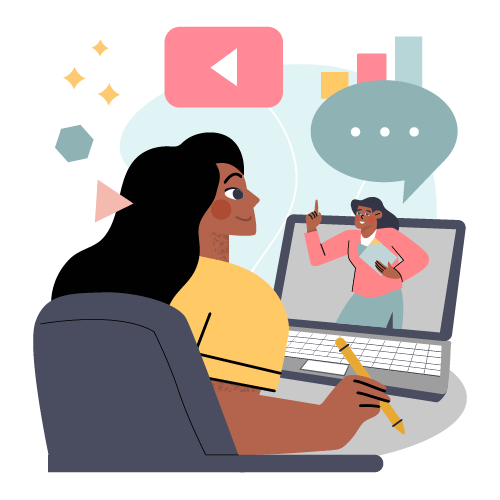Anyone who’s ever had a brusque interaction with their physician can tell you that some skills just can be taught. And really, who can blame a doctor who has a full docket of patients at the ready? Top medical institutions like the Cleveland Clinic are realizing, however, that the importance of soft skills like communication and interpersonal skills are crucial to the success of the hospital or patient care facility. The Cleveland Clinic has found that by focusing on the patient experience, malpractice litigation decreases, patient retention increases, better health outcomes, along with a wide array of other positive outcomes.
While they may seem difficult or impossible to teach on the surface, soft skills like interpersonal communication and positive attitude, there is really no such thing as an unteachable topic or an untrainable student. Even the most stubborn of learners (as physicians often are) can pick up on soft skills–when they’re taught the right way, of course.
What’s in it for Me?
Why would a physician care about improving their communication skills when they have a million other things to worry about? Well, a few reasons they may not be aware of is with the right communication, physicians are able to make patients feel more confident in pursuing the right treatments, elect better choices, feel more comfortable honestly disclosing all that’s going on, and instill more trust towards their healthcare provider. What results is more satisfied patients, more patient referrals, more regular patients, and a more sustainable business that is trusted by the community.
Here at ELM, we call it the WIIFM principle: Before learners can truly engage in learning material, they need to first find the benefit for themselves. While it’s true that soft skills are hard to measure, there are a few ways in which you can show the WIIFM to would-be soft skill aficionados. Think along the lines of increased safety after a listening skills course, or improved customer satisfaction after training on communication and emotional intelligence. Even personal satisfaction can be a side benefit of a communication or time management course; something in which each learner is probably interested.
The greatest hurdles teaching soft skills.
There are three distinct problems that most trainers face when attempting to teach soft skills like communication.
1. Students see them as natural skills only. Often, learners think that if a soft skill doesn’t come naturally to them, it’s a case of personality rather than education. They believe these skills can’t really be learned, and therefore, put low stock in a program that promises to teach them to be better listeners or better managers of time.
2. Students consider training unnecessary. Some students will avoid soft skills training because unlike, say, safety training, it’s not necessary to get a job done. Sure, it might make them more efficient or get better results, but emotional intelligence isn’t really a job requirement.
3. It’s imprecise. How do you really measure soft skills? Learners like topics that they can measure in results. A sales course shows better sales, but a course on being a good mentor may be harder to quantify.
By breaking down some of the barriers that stop learners from taking soft skills training seriously, it’s possible to impress the importance of some of the harder-to-measure skills that can benefit employees at work.
Practice–One at a Time
In order to truly teach soft skills, you’ll have to take learning outside of the classroom. A blended approach is best, with peer-to-peer discussion and learner-led scenarios.
You can talk about how to empathize with a patient and effectively communicate their treatment options, but until a physician has the interaction with a live person, they will not fully grasp the skill.
When teaching soft skills, it’s almost always better to teach (and practice) one at a time. When you lump them all together–learn to communicate; be a better listener; manage your time more effectively, soft skills become abstract concepts that cause learners to lose interest.
Instead, focus on one topic at a time, and give actionable steps that learners can put to practice immediately. Instead of “listen better,” try “repeat three vital points back to the person you’re speaking with.” This solidifies soft skills and gives learners something to grasp while they’re improving something that can be hard to hold onto.
Whether you’re training a group of physicians or you just want your team to work better together, teaching soft skills doesn’t mean a session of singing “Kumbaya.” By addressing your learners (very valid) concerns and finding actionable ways to put their new skills to practice, no topic needs to remain unteachable.






